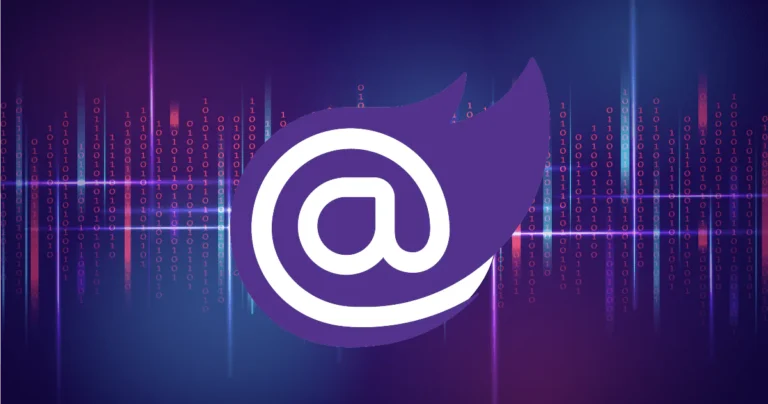Blazor for .NET 10: Script Delivery & Security Updates

Blazor continues to be one of the fastest-moving parts of ASP.NET Core, and with .NET 10, Microsoft has introduced notable improvements in script delivery and security practices. If you’re learning Blazor at the best .net core academy in Kerala or exploring advanced enterprise scenarios with ASP.NET Core, these updates are highly relevant.
1. Blazor Script Serving Changes
In earlier versions (.NET 8/9), the main Blazor script (blazor.web.js) was shipped as an embedded resource inside the framework package. This approach created some limitations:
- Scripts were harder to customize.
- Compression and fingerprinting weren’t automatic.
- Updates required redeploying the entire framework.
What’s New in .NET 10
The Blazor script is now served as a static web asset instead of just being embedded.
Benefits:
- Automatic compression (Brotli, gzip) with ASP.NET Core static file middleware.
- Fingerprinting/cache busting ensures browsers always fetch the latest version.
- Easier script customization for advanced scenarios.
- Cleaner delivery via CDN or static hosting.
Impact for Developers:
- Most apps require no code changes — it just works.
- Developers with custom pipelines may notice new paths like _framework/blazor.web.js.
- Better caching and compression = improved performance.
2. Updated Security Samples (OIDC, Microsoft Entra)
Microsoft has modernized its Blazor security samples to align with today’s identity and enterprise needs.
Key Updates:
- Simplified OIDC authentication with reduced boilerplate.
- Modernized Microsoft Entra (Azure AD) integration.
- Efficient use of Microsoft.Identity.Web in Blazor apps.
- Secure API calls via MSAL with minimal config.
- SPA + API scenarios supported for Blazor WebAssembly + ASP.NET Core backends.
Why It Matters:
Blazor apps often target enterprise and cloud-first applications. These refreshed samples:
- Reduce developer confusion.
- Follow best practices for token lifetimes, refresh handling, and redirects.
- Provide production-ready guidance out of the box.
3. What Developers Should Do
If you’re working with Blazor Server or WebAssembly apps:
- Review deployment pipelines for static asset delivery.
- Use compression and fingerprinting to optimize performance
- Explore Microsoft Learn’s new security samples for OIDC and Entra.
- Update older Azure AD setups to the new Microsoft Entra patterns.
Join Aitrich’s Full Stack .NET Core program in Thrissur or Kochi Infopark and start building your future today.












